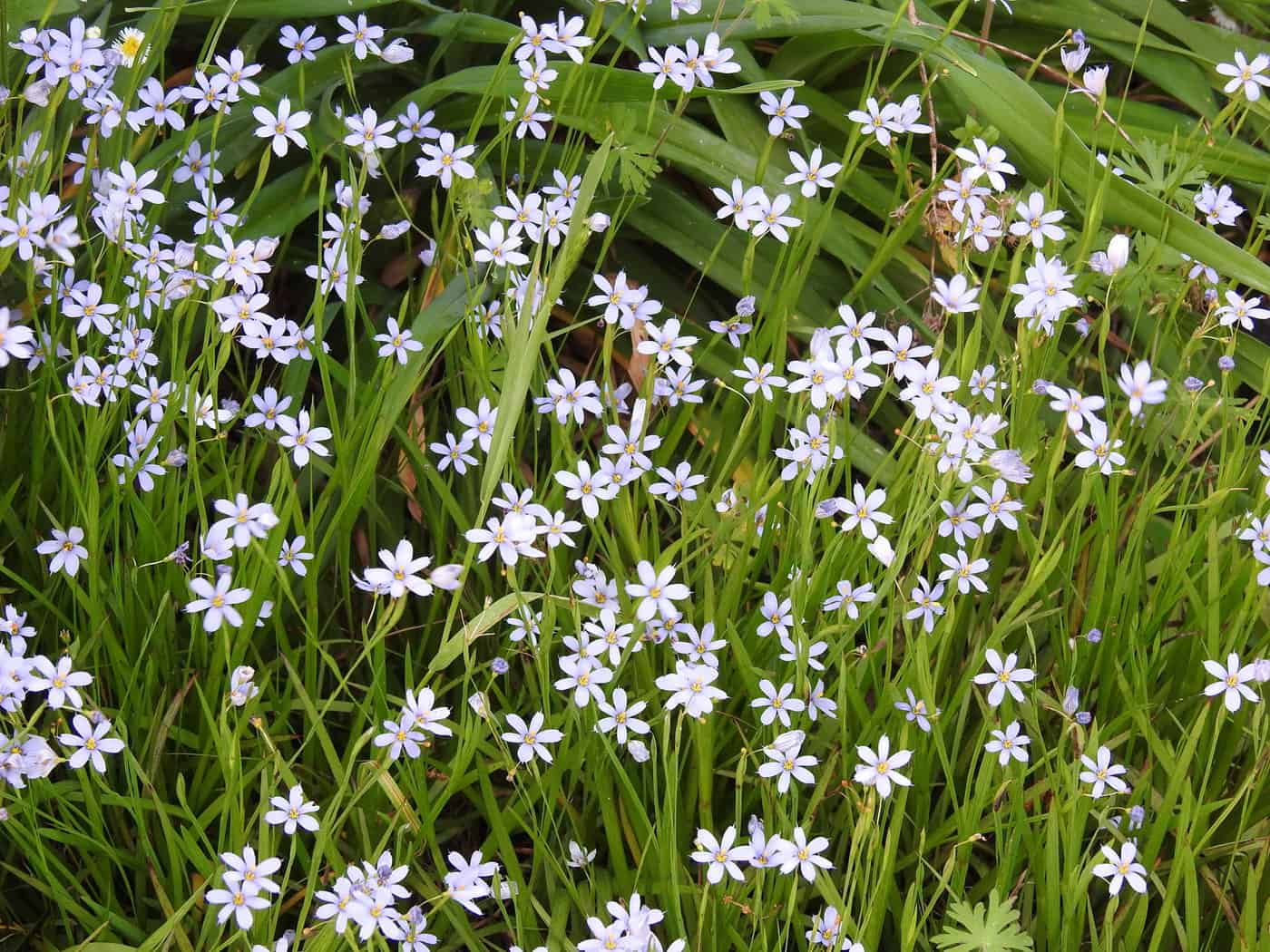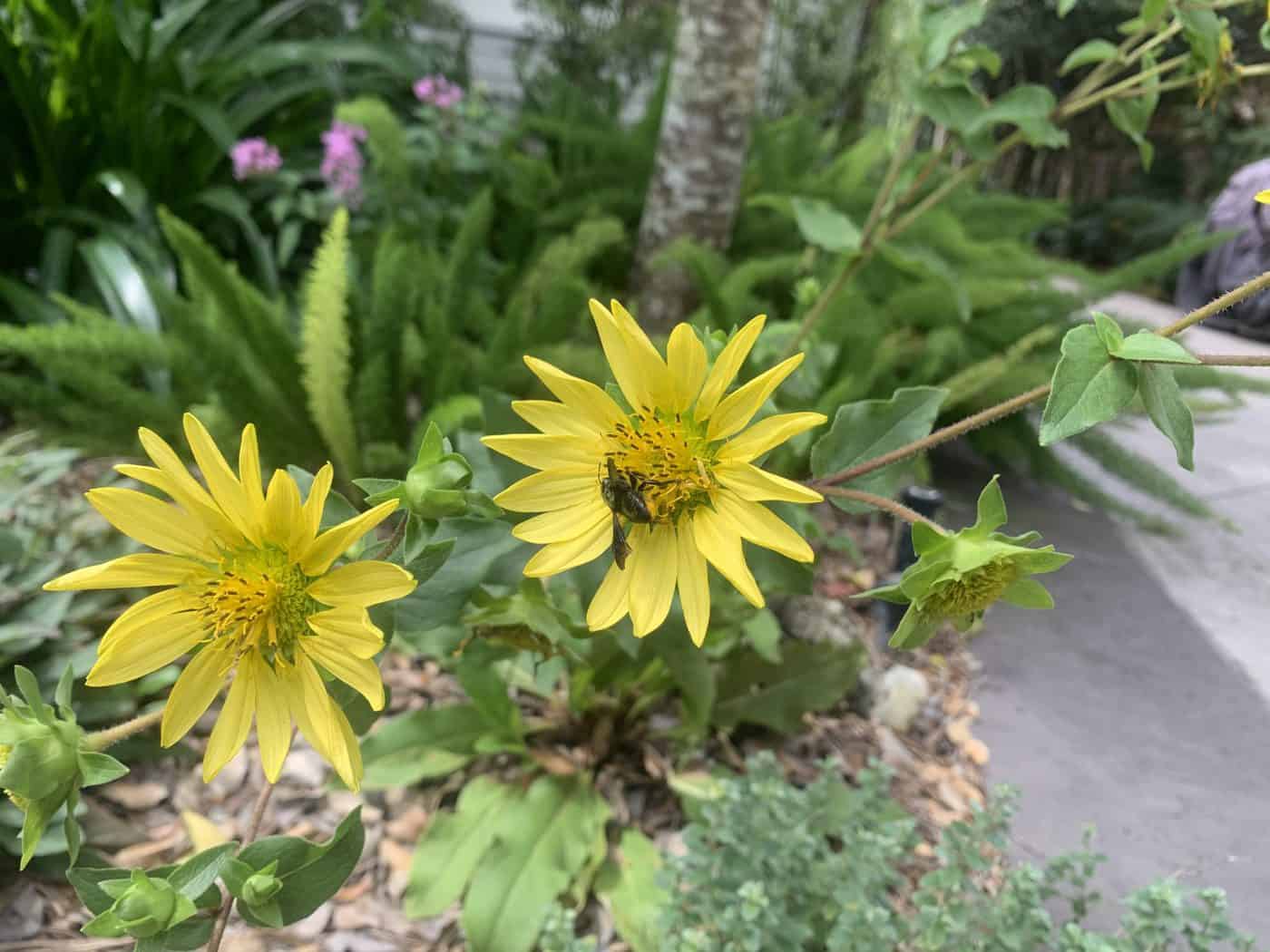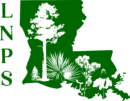Most plants sold in Louisiana plant nurseries and found in our gardens are not from North America. Despite the non-native origins, these plants are not thought of as foreign or out of place when used in Louisiana gardens. This long standing practice of using non-native plants in Louisiana gardens has led to some confusion as to which plants are native and which are not native. This distinction is critical, as the introduction of non-native organisms into new areas may significantly change natural communities which often have negative consequences to native plants, wildlife, and our environment.

Sisrynchium, Blue-eyed Grass

Silphium
Native Plant
A Native plant is a species that evolved under the same or similar evolutionary pressures as the surrounding native plants of the area in which it resides.
Non-native plant
A Non-native plant is a species, or even a genetic line with no evolutionary relationships to the area it is in.
Aggressive Plants & Other Terms
Aggressive and other terms are often used to describe Pioneer, early successional, colonizing, weedy, and opportunistic plants: native plants adapted to disturbed sites, that spread quickly, but will ultimately give way to other native plants over time. These plants are often mislabeled or mischaracterized as “invasive” due to some undesirable trait, usually the ability and tendency to take over an area rather quickly. However, it is the evolutionary ecology of the species that determines whether a plant is invasive, not one’s preference. The role of most of the plants in this category is much like a scab covering the ground after an injury/disturbance. These plants start to rebuild the organic layer, regulate soil moisture and temperature, feed soil microbes, and restore nutrient cycles after a disturbance. The impacts of these native aggressive plants are part of the healing process; therefore, their ecological role is beneficial and their presence more temporary than those of invasive plants.
Invasive Plants
Invasive plants are non-native plants that cause harm. Only non-native plants should be considered invasive, since they have no evolutionary ties to the local plant assemblages and they tend to have long lasting deleterious effects. All non-native plants will take up space and resources competing with native flora; therefore, at times even the relatively benign non-native plants, in some cases, may be considered invasive. While most non-native species might not cause harm individually, the cumulative effects of non-native species may have a negative effect on native plants and weaken natural community integrity. Read much more on invasive plants HERE.
Naturalized plants: to become or cause to become established as native. When applied to plants, naturalized is used to describe non-native plants that have escaped cultivation and established populations freely. The term “naturalized” mistakenly implies that the escaped plant has become part of the “native” flora. Therefore, due to the misapplication and potential confusion with the term “native,” the use of “naturalized” should be avoided.Louisiana Department of Wildlife & Fisheries
Plant and Natural Community Resources
